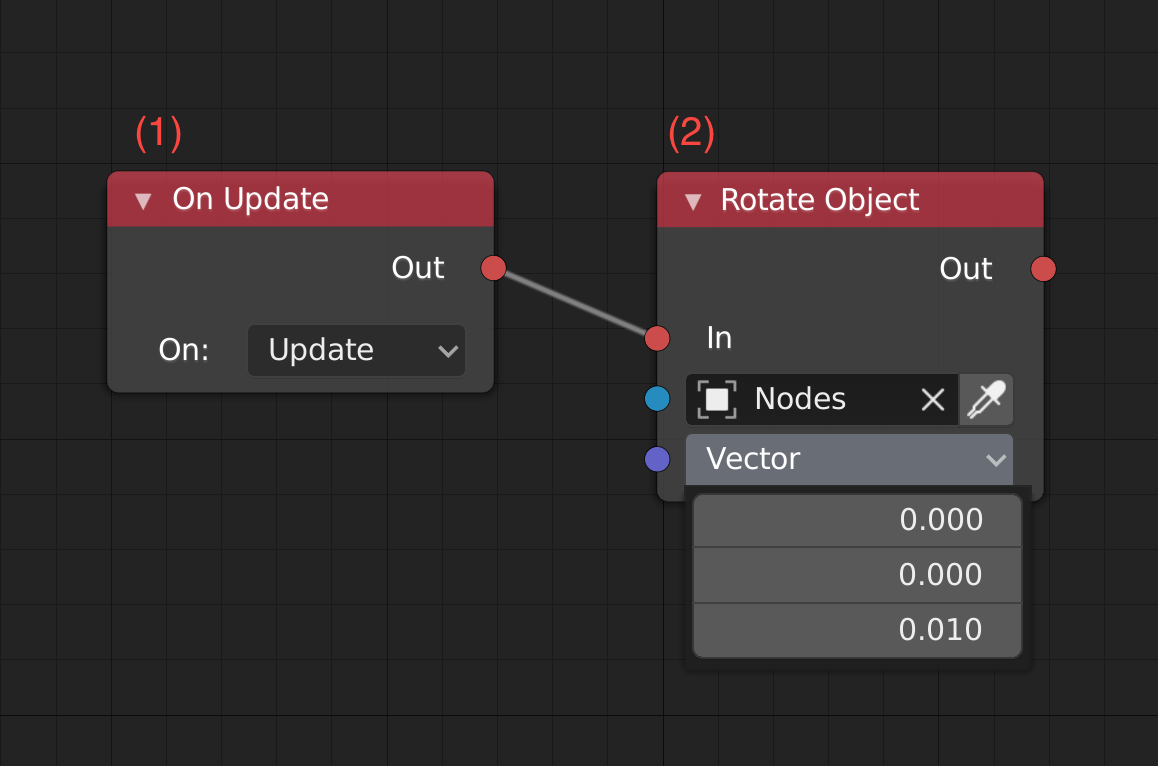

- Rust downcast trait object update#
- Rust downcast trait object full#
- Rust downcast trait object software#
For example, in a graph, a node can be owned by many other nodes that point to it, which breaks the “no sharing” rules in Rust. In those cases, the data’ ownership is determined, and it will be automatically freed/dropped/disappeared when nobody needs it anymore, kinda like…you….and meīut, in some cases, data ownership should be shared. Most of the time, you will only use smart pointers to point to data that stores on the heap. Therefore, it’s safe to operate on it without worrying about accessing invalid memory space.
Rust downcast trait object update#
This makes the pointer to become a dangling pointer since it doesn’t automatically update to the new location that the array was moved to.Ī smart pointer, on the other hand, keeps track of the location of the data assigned to it. For example, if a pointer is pointing to a vector and the vector’s length exceeds its capacity, the vector will be reallocated by Rust to a new location on the heap. To solve that problem, Rust introduced smart pointers, which is a type of pointer that keep track of the memory that it is pointing to. If you failed your pointer exam in college, think of it like “Doraemon’s Anywhere Door” or “The Magic Door” in Howl’s moving castle or for astrophysicists, imagine a wormhole that leads to a place that you didn’t expect it to lead to. One of them is the prevention of dangling pointers.Ī dangling pointer is a pointer that points to an invalid memory location. Smart pointerĭespite Rust behaving like a grumpy old man, good things did come out of that. If you violate the rules, it screams in your face. Rust is a safety-first language, which means it doesn’t care about your feeling or your expertise in making a mess with JavaScript. With this browser, I have chosen to store the DOM only as a linked list for memory efficiency. The browser that I’m working on is called Moon (yes, my originality is at its best). On the other hand, Webkit only used a linked list to store the DOM, which result in an O(n) complexity for childnodes operation but with a trade-off that it use less memory than Gecko. For example, Gecko store DOM both as an array and a linked list so that nextSibling/ previousSibling or childnodes operation take O(1) complexity. That’s why different browser engines have different implementations of the DOM tree. Choosing DOM tree data structureīecause the DOM specs only specify the DOM API using interfaces ( WebIDL), the underlying implementation of the DOM is up to you to decide. They don’t own the data that they point to thus, it is safe to say that a DOM tree is a tree. After all, those connections are just pointers. But the fact that each node only has 1 parent is what makes the DOM tree…a tree.
Rust downcast trait object full#
Sure it is full of connections and looks more like a graph than a tree. Those connections can and will create a loop in the DOM tree, which is very confusing since the tree, by definition, cannot contain a cycle.īut, while the idea of having pointers to other nodes in the tree seems to break the very definition of it, the DOM tree is still, technically, a tree. Since tags in an HTML document has a parent-child relationship, it’s best to represent the document using a tree structure…right? Yes, but if you think about it, each node of the tree can have pointers that point back to the parent, next siblings, previous siblings, etc. However, in this case, if you pay money and attention for an education in computer science (or you are a self-taught like me), you will know that in graph theory, there are two types of data structures-tree and graph. If you have a CS background, you must be a big fan of the game. Usually, to represent a document, the DOM API creates a tree data structure with HTML tags as tree nodes, hence the name DOM tree. What is a DOM tree?ĭOM or Document Object Model is an API uses by the browser to represent and manipulate HTML documents. Since this post contains considerable numbers of computer science and rust-related terms/concepts, I recommend that you acquire some knowledge on graph theory, Rust’s reference counted smart pointer and memory allocation before continuing.

In this post, I’ll break down my experimentation in building a DOM API with Rust. Before a browser can render the HTML document, it needs to parse the document content into a tree structure called the DOM tree. One of the main building blocks of the HTML rendering process is the DOM API.

Rust downcast trait object software#
You can have a piece of software that can resolve domains to IP addresses or perform TCP 3-way handshake, but without images or colourful buttons, for the average users, it is not a browser! That’s why text-based protocols like the Gopher protocol are being disfavored and overpowered by the HTTP protocol that we have known as “the web” today. The core feature of a browser is HTML rendering.


 0 kommentar(er)
0 kommentar(er)
